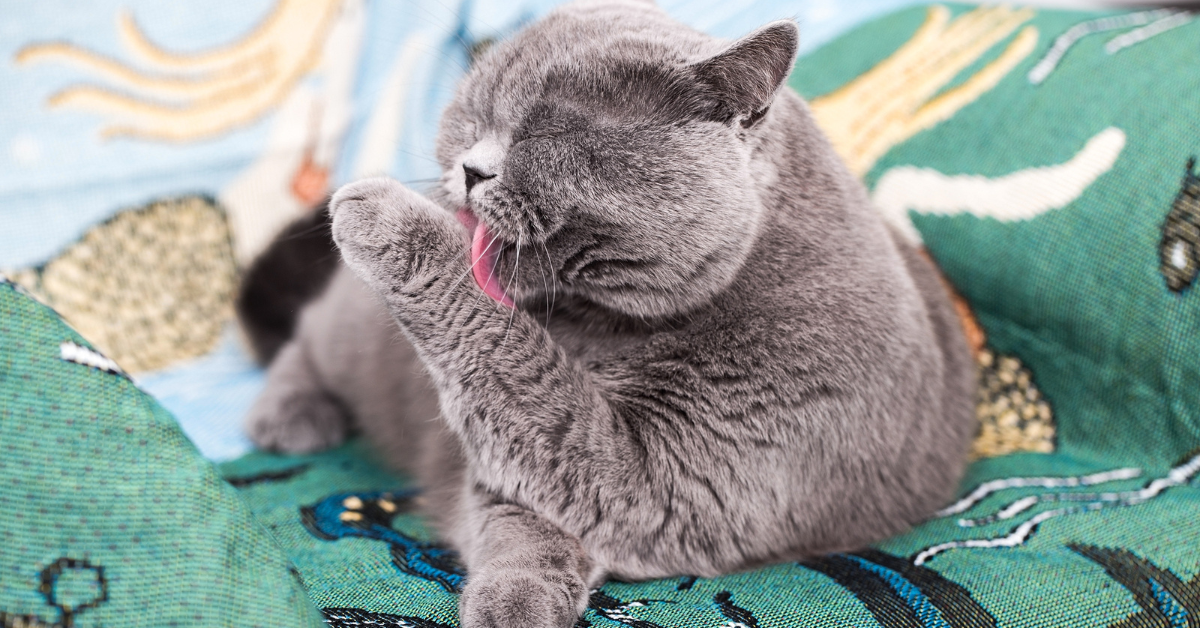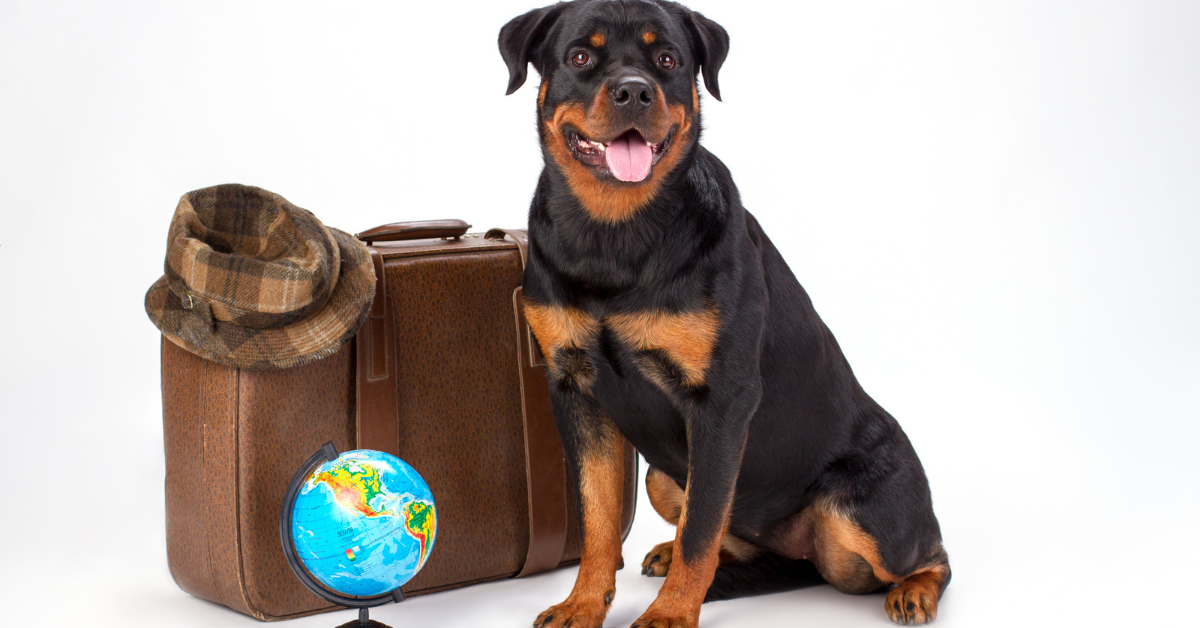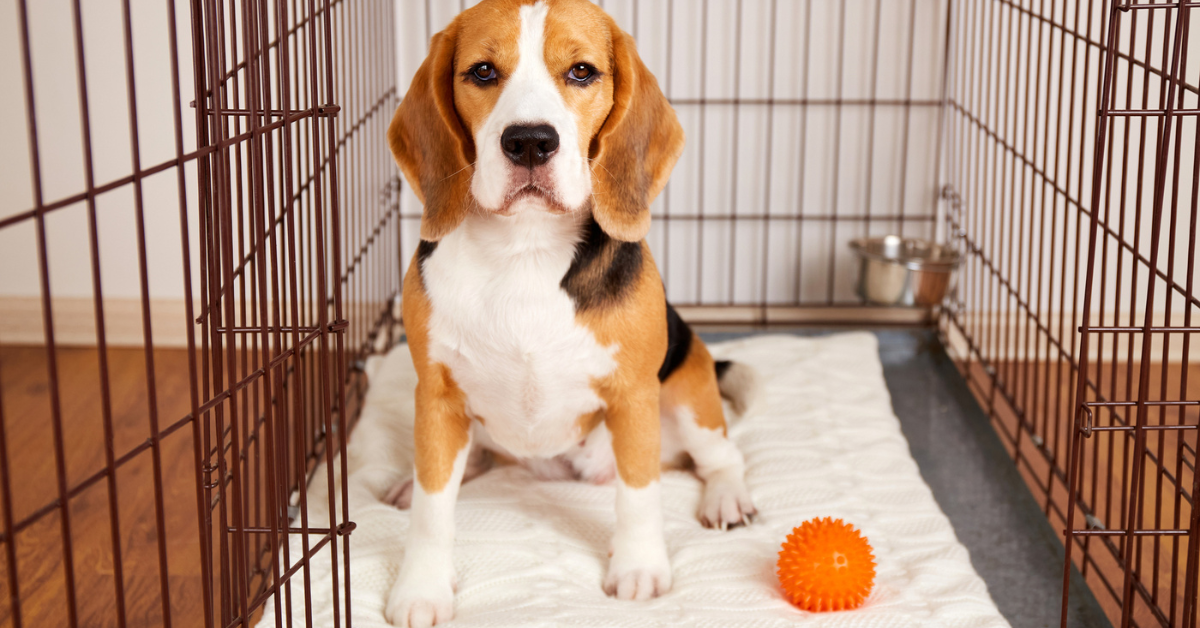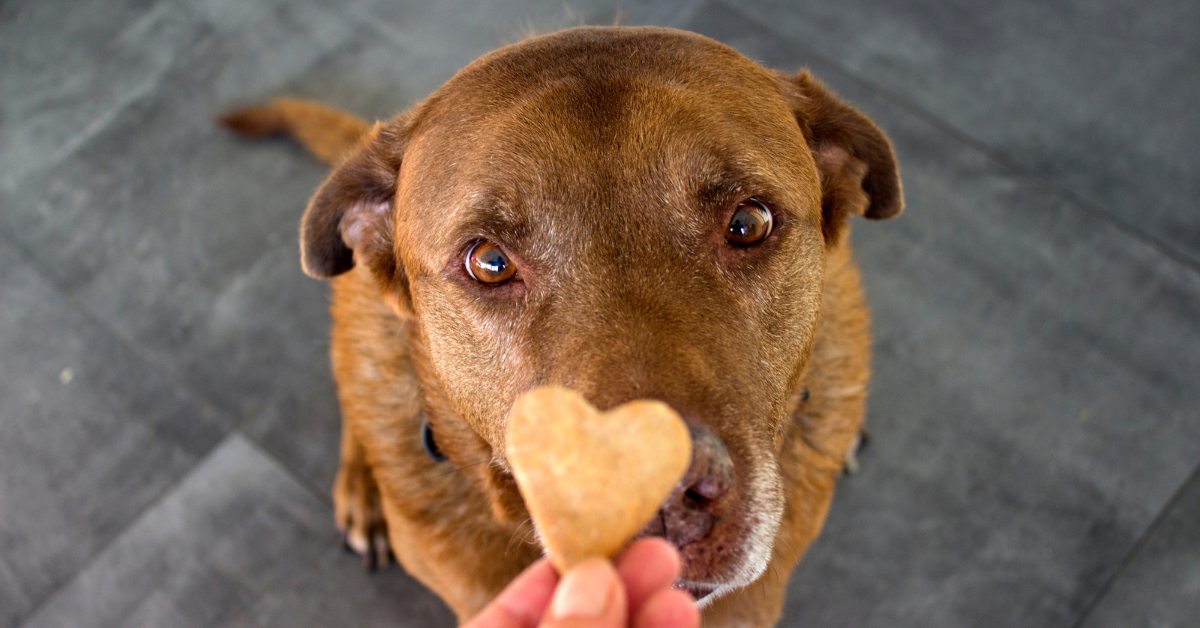How to Transition Into and Keep Your Pet Happy During Warmer Months

Well, it’s that time of the year again! Flowers are in full bloom and the aroma lingering from family cookouts fills the air. As pet parents, knowing how to properly transition our pets from the cold winter months into warmer spring and summer settings can seem like a daunting task. If you’re wondering how to make the transition into warmer seasons a more pleasant one, be sure to follow these warm weather transition tips.
Spring Brings Frightening Sounds of Thunder
Flashes of lightning illuminate the night sky. Sounds of thunder roar in the background. Where’s your beloved pet during all of this commotion? If you’re searching for your pet right now because he decided to hide under the couch, you’ll definitely want to take note of these tips. Storm phobia can affect the quality of life for pets if left untreated. According to Barbara L. Sherman, Ph.D., DVM, associate professor of veterinary behavior at North Carolina State University College of Veterinary Medicine and a past president of the American College of Veterinary Behaviorists, “Dogs often start having storm-related panic attacks seemingly out of nowhere.” To reduce your pet’s anxiety, you’ll want to reward calm behavior year-round.1 Sherman advises pet parents to get in the routine of rewarding pets for calm behavior sans storms. Treat your pet to a special “inside” toy when he exhibits a calm demeanor. 1 The JW® line of universal treat toys will keep your pet occupied and focused on what’s most important – that tasty little treat inside! The Caterpillar or Doggy Doughnut treat toy are excellent choices from the line, designed to hold a variety of kibble and treats. Also, be sure to give your pet access to its favorite hiding place – whether it’s an open crate or closet. 1 In doing so, your pet will feel that he has a place of refuge.
Keep Paws Cool & Smooth
Imagine walking barefoot on a surface of hot coals. Ouch! According to Brandon McMillan, professional dog trainer, animal behaviorist, and host of the CBS hit show “Lucky Dog,” “When the temperature hits the bulls-eye – 85 degrees or higher – most dogs begin feeling uncomfortable, especially in humid climates. Depending on your pet’s coat, the temperature can feel 15 to 30 degrees hotter.” When going for walks with your pets, be sure to minimize the time your pets spend walking on hot asphalt. McMillan says this tip is vital, as walking on the hot blacktop can feel like walking on a skillet and can tear your pet’s pads off. McMillan recommends placing your hand on the blacktop. If you say “ouch” most likely your pet will too. When possible allow your pet to walk on the grass or a cool surface to minimize exposure to the pavement. Also, be sure to keep your pet secure and safe with a durable leash and collar when walking. Petmate® Rubber fashion collars and leashes are great all year round. As you and your furry friend walk into the evening and dusk settles, the collar and leash automatically glow after soaking up the sun all day.
Never Leave Your Pet in a Hot Car
During the cold winter months when pet parents are busy shopping for the holidays, their beloved pets are often left inside the car unattended. Pets should never be left in a car unattended for myriad reasons regardless of the season. Frigid temperatures during the winter can be just as harmful to pets as in the warmer months. Imagine leaving your laptop, purse, or wallet, or even more precious – a baby in an unattended car. Just like children, pets can also die from heatstroke while in a hot car. According to Dr. Louise Murray, Vice President of the ASPCA Animal Hospital, "On a hot day, a parked car can become a furnace in no time – even with the windows open – which could lead to fatal heat stroke."
Exercise Gradually – Slow and Steady Wins the Race
As pet parents, we enjoy taking our pets with us on hikes and scenic strolls in the park. However, it is important to note that pets should avoid being over-exercised during warmer months. Unlike humans, a pet’s body temperature can rise so rapidly due to their furry coats that the pet can easily overheat during the warmer months, increasing the odds of heatstroke. Professional dog trainer Brandon McMillan advises pet parents who may still be in winter mode to bring water with them on long walks during the warmer months. Before temperatures peak, gradually increase your pet’s playtime to allow for a smoother transition into the warmer months. Of course, toys are great for increasing the bond between pet and pet parents. And who doesn’t love a game of fetch? Petmate®’s Chuckit!® brand offers the Fetch & Fold, a pocket-sized launcher for a variety of fetch toys.
Show Some Pet Love
According to the ASPCA, signs of overheating include excessive panting, staggered breathing, increased heart rate, drooling, and vomiting.2 If you should notice any of these symptoms, please contact your vet or an emergency pet hospital immediately. Pets love us and depend on us for their well-being. Follow these tips to make your pet’s transition into the warmer months a pleasant one!
Sources:
- http://pets.webmd.com/dogs/features/dog-storm-phobia
- https://www.aspca.org/pet-care/hot-weather-tips
Previous article

Next article

Related posts
View all-

Should You Bathe Your Cat? Everything You Need to Know About Cat Hygiene
When it comes to cat hygiene, a common question among cat owners is, "Should you bathe your cat?" Understanding how to care for felines, especially bathing cats properly, is crucial for maintaining their overall health. Most cats are fastidious groomers, but specific scenarios like long-haired cats getting dirty or skin irritations, might require a bath.
Read Article -

How to Fly with a Large Dog: Tips and Tricks
Traveling can be challenging, especially when it involves flying with a large dog. Whether your furry friend is a service dog, therapy dog, or simply a beloved pet, understanding the guidelines set by most airlines is crucial. Read Article -

How to Clean a Dog Crate: An Easy and Helpful Guide
Cleaning a dog crate may seem challenging, but it's essential for the health and happiness of your furry friend. A clean crate ensures a hygienic living space for your dog and contributes to a healthier home environment for everyone. Read Article -

How to Train a Dog with Positive Reinforcement
Are you planning to train your dog in a positive way that fosters trust and good behavior? Positive reinforcement is a powerful approach that rewards your dog’s good actions, resulting in a happier pet and a stronger bond between you. Read Article




